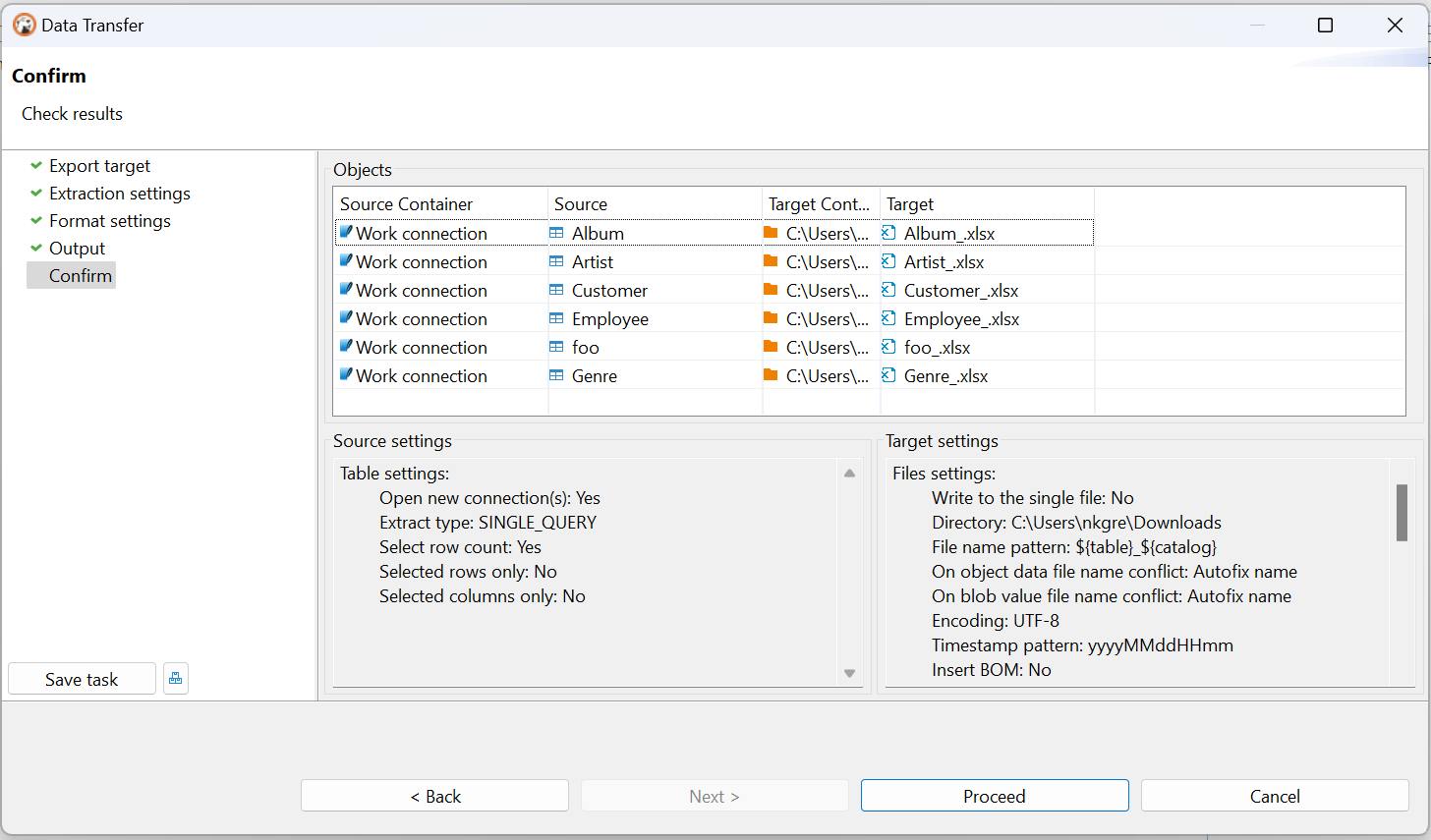Connect to databases safely and easily
Set up your on-premise and cloud database connections in a couple of clicks. Use the powerful Cloud Explorer to connect to any cloud quickly.

Transfer your data
Transfer your data in just a few clicks using our intuitive interface, ensuring minimal manual intervention.

Check that your data migrated successfully
Ensure you have identical data migrated by using Data Compare. It may especially be useful if you transfer complex data types and tables.

Product recommendations from our team

DBeaver Ultimate: desktop solution with enhanced cloud capabilities

DBeaver Team Edition: desktop and cloud solution for team work





